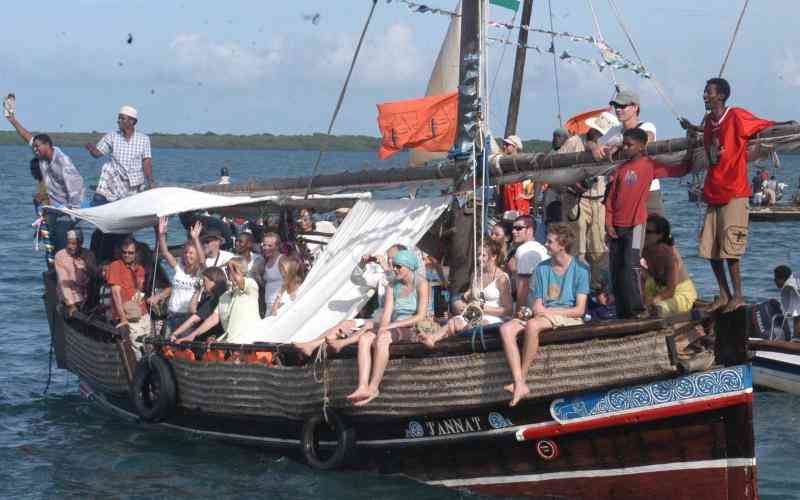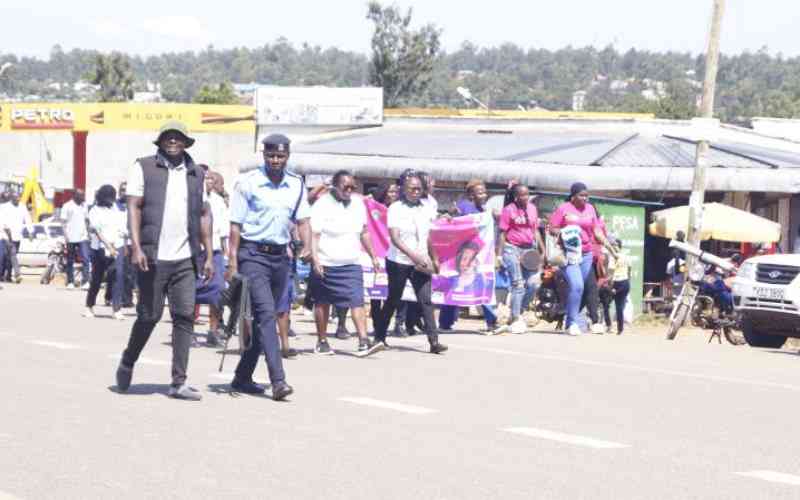ISRO's 101st launch: EOS-09 mission could not be accomplished, says chief Narayanan - VIDEO
Indian Space Research Organisation (ISRO) chief V Narayanan said on Sunday (May 18) that its 101st mission —PSLV-C61/EOS-09 mission which was launched on Sunday morning — “could not be accomplished”.
ISRO’s 101st launch mission with PSLV-C61 was launched at 5:59 am IST on Sunday. It carried EOS-09, a 1696 kg Earth observation satellite, which was supposed to be placed into a Sun-Synchronous Polar Orbit.
PSLV-C61/EOS-09 mission launch Video:
Few minutes after the launch, ISRO chief chief Narayanan said, “Today we targeted the 101st first launch from Sriharikota [in Andhra Pradesh]. The PSLV-C61/EOS-09 mission was targeted.”
He explained, “The PSLV is a four stage vehicle. Up to the second stage, the performance was quite normal. Third stage, motor started perfectly. But during the functioning of the third stage, we are seeing a observation. And the mission could not be accomplished. After analysis. we shall come back. Thank you.”
ISRO also posted on X, “Today 101st launch was attempted, PSLV-C61 performance was normal till 2nd stage. Due to an observation in 3rd stage, the mission could not be accomplished.”
EOS-09, short for Earth Observation Satellite-09, is a repeat satellite of EOS-04. This is the 63rd flight of the PSLV rocket, and the 27th using the PSLV-XL, completing a total 100 launches before May 18.
2. EOS-09 was designed with the mission objective to ensure remote sensing data for the user community engaged in operational applications and to improve the frequency of observation.
ISRO said the spacecraft was a debris-free mission. A sufficient amount of fuel has been reserved for de-orbiting the satellite after its effective mission life, lowering it to an orbit that ensures its decay within two years.
The spacecraft is configured using ISRO’s RISAT-1 heritage bus, with most of the functional requirements of the SAR payload and the bus platform systems derived from the earlier ISRO missions.
The mission carried a Synthetic Aperture Radar (SAR) payload capable of providing images for various earth observation application under all-weather condition.










